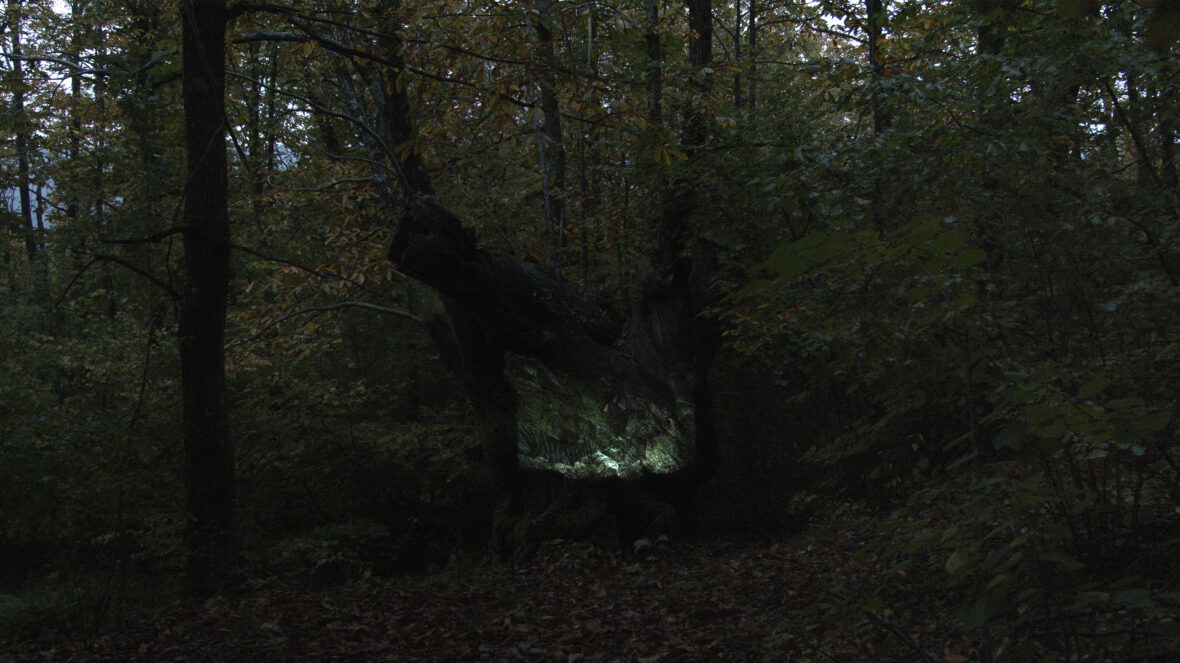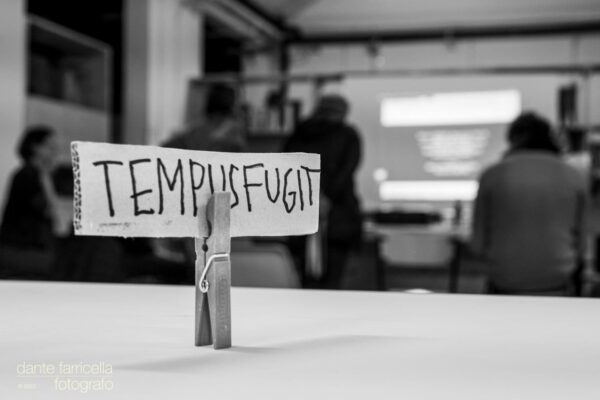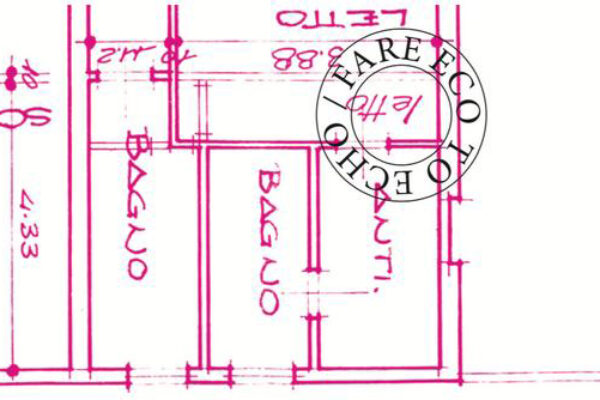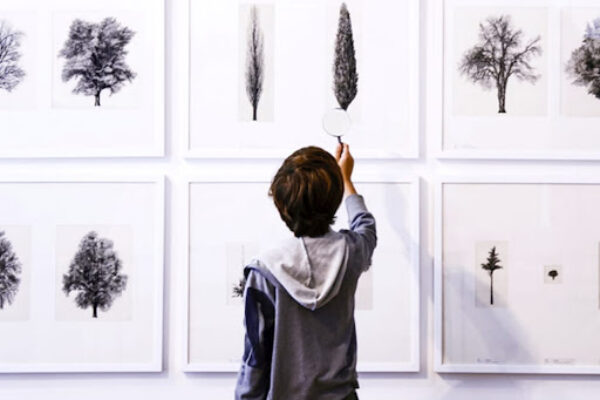Clandestine acts for movable land
Il futuro è un ordine che insorge.
Clandestine acts for mobile lands
– a project by MICOL ROUBINI
During the first lockdown, in March 2020, I found myself reformulating how participation in the two festivals would take place, Peripheral 2020 e Seven days for landscapes, initially envisioned as two live, in-theater screenings of my film,
The road to the mountains
.
I spent those first few weeks waiting, in an immaterial, dilated space, observing that in that limbo of general uncertainty-you could have no idea how the situation might evolve-from the very first days many events were shifted to online meetings and movies streamed; in many cases this was an inevitable and obligatory choice that, nevertheless, counterbalanced a state of emptiness. Just a couple of months earlier I had participated in one of the most intense experiences of my life. It had been proposed to take the film on a tour, with me present, to the regions where it was shot, in Western Ukraine. For three weeks, with Andriy, my interpreter and assistant director during filming, we traveled from town to town until we reached the smallest and most remote settlements. The screenings took place in different places according to the possibilities of individual communities such as cinemas, community halls, university lecture halls, libraries, schools, and each was followed by lengthy debates. The ultimate question for those attending the screening, as indeed it was for me, concerned the very reasons for filming, the essence of an action of translating portions of life within another language, making them ephemeral images, bound by a precise temporal correlation. They were incredibly direct encounters that returned in a completely unexpected way the complexity of a work that lasted almost six years.
From these reflections, faced with the impossibility, new, of a precise relationship with an audience, came the idea of reversing the process of fruition linked to the very existence of the film and taking it to its extreme consequences: what if screenings took place in spaces not strictly intended, lacking a proper screen or proper calibration of the sound system, to the point of generating distorted shots and altered sounds? What if the prime conditions, necessary for viewing, were challenged by projecting in unobscured and noisy places? If, finally, images and sounds could inhabit places, regardless of whether an audience was present or not, what would ultimately decree their existence?
As houses, buildings, entire cities abandoned by man are once again colonized by plants and wild animals, so, to a film devoid of its viewer happens to get lost in the spaces, merge with them and slowly disappear.
Clandestine Acts for Mobile Lands is a performative gesture held within an atypical route that symbolically connects the two festivals’ home cities of Modena and Piacenza, respectively. Between the second half of October and the first days of November, when the relapse into a state of lockdown was again looming, I projected, refilmed and rephotographed fragments of the film in different but symbolically relevant locations. Sounds and images reappropriated a materiality that gradually changed according to the characteristics of the spaces involved, weaving with them a dense network of correlations and opening the closed narrative structure of the film to new, unpredictable layers of meaning. A short text tracing those days accompanies the documentation of each of the nine acts.
Weekly, video fragments will be posted on this site, and, at the same time, texts gradually related to each of the Acts will appear on the site of
Seven days for landscapes
.
San Martino Plain, Val Chiarone
ACT II / here the travelogue ⇥
in the vicinity of Rocca d’Olgisio, Pianello Val Tidone
ACT III / here the travelogue ⇥ Brallo di Pregora, hamlet of Bralello
ACT IV / here the travelogue ⇥
SEA Factory / Modena
ACT V / here the travelogue ⇥
Mignano Dam / Piacenza
ACT VI / here the travelogue ⇥
Church of St.
Medardo, Peli di Coli
ACT VII / here the travelogue ⇥
Gualtieri Social Theater, Gualtieri (RE)
ACT VIII / here the travelogue ⇥
Church of St. Andrew, Castelletto
ACT IX / here the travelogue ⇥
Cloisters of St. Peter’s, Palazzo Magnani Foundation, Reggio Emilia




